Contributors.
Preface.
PART I SECONDARY PROCESSING OF POULTRY PRODUCTS.
1 Processed Poultry Products: A Primer (Isabel Guerrero-Legarreta and Y.H. Hui).
PART II METHODS FOR PROCESSING POULTRY PRODUCTS.
2 Gelation and Emulsion: Principles (Ana Paola Zogbi and Walter Onofre Benejam).
3 Gelation and Emulsion: Applications (Elvia Hernández-Hernández and Isabel Guerrero-Legarreta).
4 Battering and Breading: Principles and System Development (Susana Fiszman and Teresa Sanz).
5 Battering and Breading: Frying and Freezing (Susana Fiszman and Ana Salvador).
6 Mechanical Deboning: Principles and Equipment (Manuel Viuda-Martos, Elena José Sánchez-Zapata, Casilda Navarro-Rodríguez de Vera, and José Ángel Pérez-Álvarez).
7 Mechanical Deboning: Applications and Product Types (Casilda Navarro-Rodríguez de Vera, Elena José Sánchez-Zapata, Manuel Viuda-Martos, and José Ángel Pérez-Álvarez).
8 Marination, Cooking, and Curing: Principles (Francisco Alfredo Nuñez-González).
9 Marination, Cooking, Curing: Applications (Alma Delia Alarcón-Rojo).
10 Nonmeat Ingredients (Elena José Sánchez-Zapata, Manuel Viuda-Martos, Casilda Navarro-Rodríguez de Vera, and José Ángel Pérez-Álvarez).
PART III PRODUCT MANUFACTURING.
11 Overview of Processed Poultry Products (Y.H. Hui and Isabel Guerrero-Legarreta).
12 Canned Poultry Meat (Alicia Grajales-Lagunes and Alicia de Anda-Salazar).
13 Turkey Bacon (Edith Ponce-Alquicira and Octavio Dublán-García).
14 Turkey Sausages (Alfonso Totosaus-Sánchez and Juan Francisco Hernández Chávez).
15 Breaded Products (Nuggets) (María de Lourdes Pérez-Chabela and Alfonso Totosaus-Sánchez).
16 Paste Products (Pâté) (Alfonso Totosaus-Sánchez).
17 Poultry Ham (Vandana Sohlia and Amarinder S. Bawa).
18 Luncheon Meat Including Bologna (Baciliza Quintero Salazar and Edith Ponce-Alquicira).
19 Processed Egg Products: Perspective on Nutritional Values (Mahendra P. Kapoor, Molay K. Roy, and Lekh R. Juneja).
20 Dietary Products for Special Populations (Jorge Soriano-Santos).
PART IV PRODUCT QUALITY AND SENSORY ATTRIBUTES.
21 Sensory Analysis (María Dolors Guárdia, Carmen Sárraga, and Luis Guerrero Asorey).
22 Texture and Tenderness in Poultry Products(Lisa H. Mckee).
23 Protein and Poultry Meat Quality (Massami Shimokomaki, Adrian Lourenço Soares, and Elza Iouko Ida).
24 Poultry Flavor: General Aspects and Applications (José Ángel Pérez-Álvarez, Esther Sendra-Nadal, Elena José Sánchez-Zapata, and Manuel Viuda-Martos).
25 Poultry Meat Color (Alessandra Guidi and L. Castigliego).
26 Refrigerated Poultry Handling (Esther Sendra-Nadal, Estrella Sayas Barberá, and Juana Fernández López).
PART V ENGINEERING PRINCIPLES, OPERATIONS AND EQUIPMENT.
27 Basic Operations and Conditions (M.C. Pandey and Amarinder S. Bawa).
28 Poultry-Processing Equipment (José Jorge Chanona-Pérez, Lilian Alamilla-Beltrán, Ernesto Mendoza-Madrid, Jorge Welti-Chanes, and Gustavo F. Gutiérrez-López).
29 Thermal Processing (Isabel Guerrero-Legarreta and Y.H. Hui).
30 Packaging for Poultry Products (S.N. Sabapathi and Amarinder S. Bawa).
PART VI CONTAMINANTS, PATHOGENS, ANALYSIS AND QUALITY ASSURANCE.
31 Contamination of Poultry Products (Marcelo L. Signorini and José L. Flores-Luna).
32 Microbial Ecology and Spoilage of Poultry Meat and Poultry Meat Products (Elina J. Vihavainen and Johanna Björkroth).
33 Campylobacter in Poultry Processing (Marja-Liisa Hänninen).
34 Microbiology of Ready-to-Eat Poultry Products (Carol W. Turner).
35 Chemical Analysis of Poultry Meat (María de Lourdes Pérez-Chabela).
36 Microbial Analytical Methodology for Processed Poultry Products (Omar A. Oyarzabal and Syeda K. Hussain).
PART VII SAFETY SYSTEMS IN THE UNITED STATES.
37 Sanitation Requirements (Y.H. Hui and Isabel Guerrero-Legarreta).
38 HACCP for the Poultry Industry (Lisa H. McKee).
39 FSIS Enforcement Tools and Processes (Y.H. Hui and Isabel Guerrero-Legarreta).
Index.
Contents of Volume 1: Primary Processing.

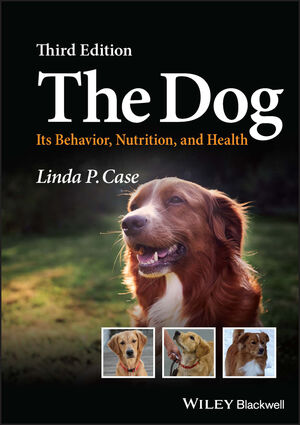


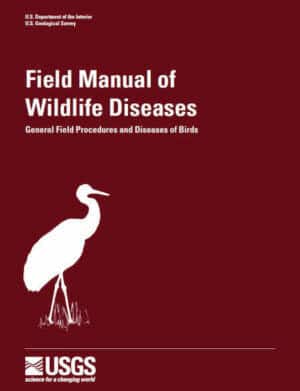

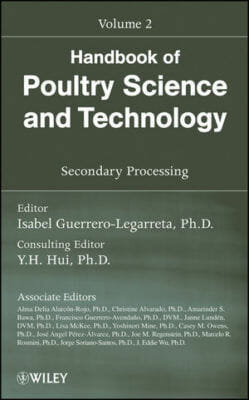
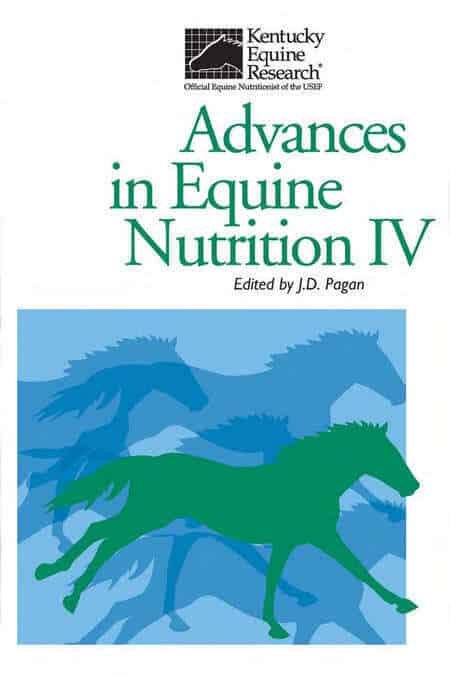
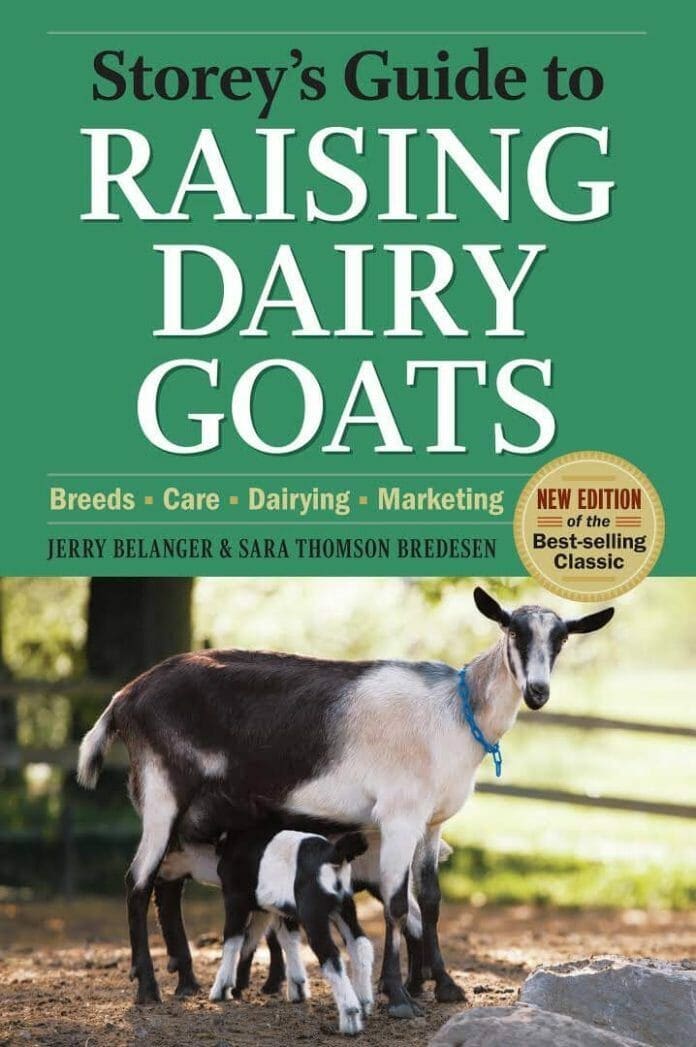
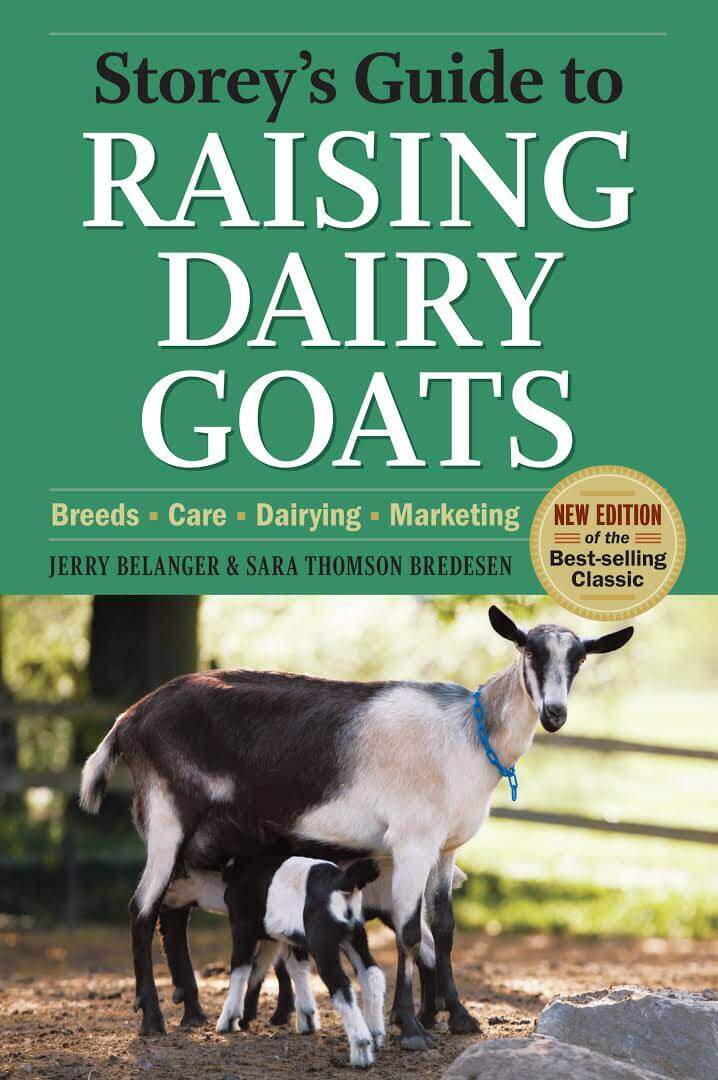
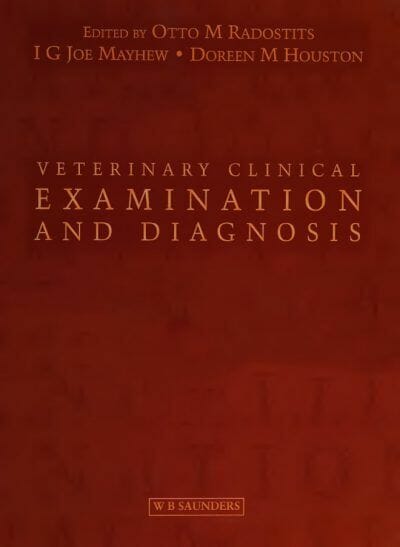
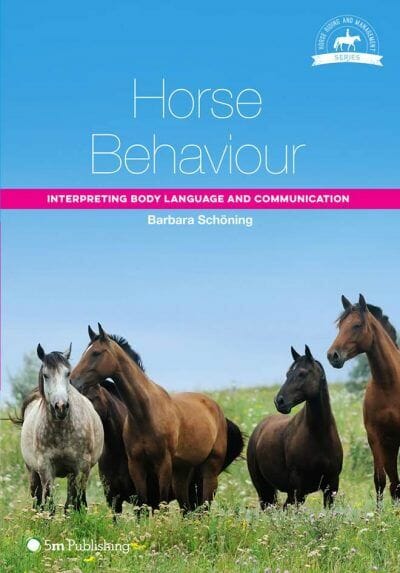
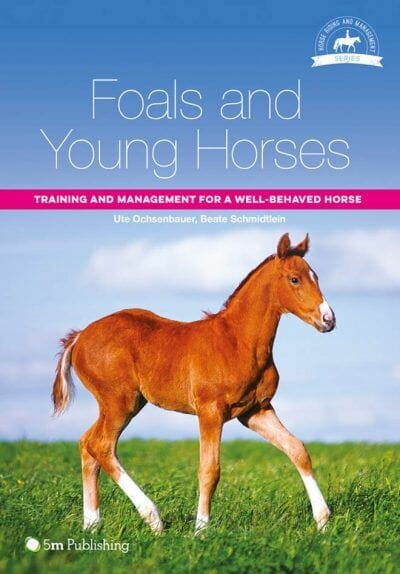
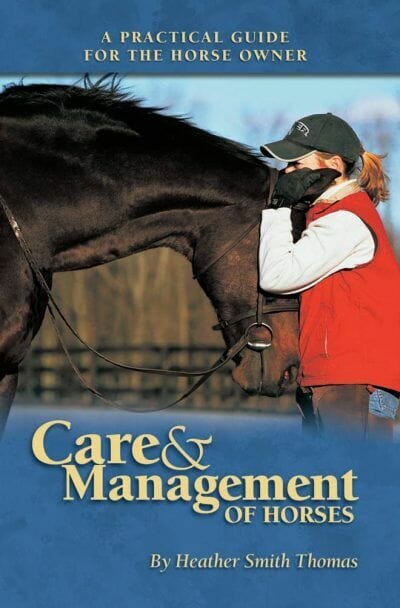
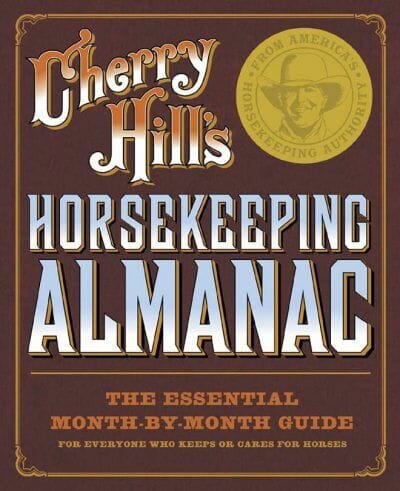








![Ettinger’s Textbook of Veterinary Internal Medicine 9th Edition [PDF+Videos] Ettinger’s Textbook of Veterinary Internal Medicine 9th Edition [True PDF+Videos]](https://www.vet-ebooks.com/wp-content/uploads/2024/10/ettingers-textbook-of-veterinary-internal-medicine-9th-edition-100x70.jpg)





